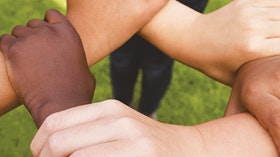Homepage
•
Learning Library
•
Blog
•
The new tenets of connecting in the digital age
Expand breadcrumbs
Expand breadcrumbs
- Learning Library
- Blog
- The new tenets of connecting in the digital age
- Homepage
- •
- Learning Library
- •
- Blog
- •
- The new tenets of connecting in the digital age
The new tenets of connecting in the digital age
By Jennifer Snelling
October 1, 2016








